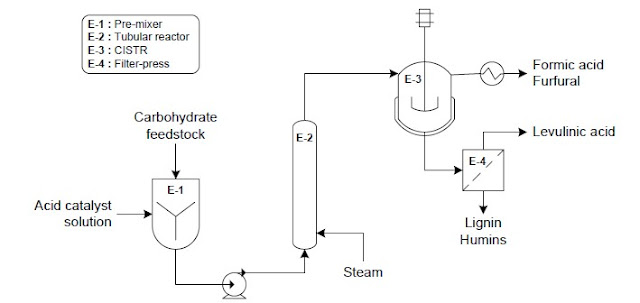FDME and PTF – Emerging stars on the bioplastics horizon
Since Archer
Daniels Midland Company (ADM) and DuPont
Industrial Biosciences (DuPont) unveiled its breakthrough process to
produce 2,5-furan dicarboxylic acid dimethyl ester (FDME, Furan Dicarboxylic Methyl Ester) on January 19th
2016 (see press
release), I have been looking for an opportunity to prepare a post on this molecule
and its impact on the bioplastics field. Last week, the Bioplastics
Division of the Plastics
Industry Association (PLASTICS) announced ADM and DuPont as the winners of
the 2017 Innovation in Bioplastics Award recognizing the contribution of this
new process to expand the bioplastics landscape (see announcement).
Thus, I think that it is the right time to know more about this new biobased platform.
FDME: background and new process
Advances on furanics are gaining momentum. The production
of 5-hydroxymethylfurfural (5-HMF) and 2,5-furandicarboxylic acid (FDCA) at
commercial scale is still about to take off (see post on FDCA
biorefineries) and a new molecule already emerges in the horizon. The problems
related to the production and the manipulation of FDCA (for instance, its poor
solubility in common organic solvents or its tendency to decompose at
temperatures greater than about 180°C to furoic acid) have caused some chemical
companies seek alternatives. Its transformation into FDME can be a solution. Current
acid catalyzed esterification takes too long so it is not cost effective for
high-volume production of the esters. Other alternatives for esterification of
FDCA require its activation as a diacyl chloride, which makes the process not
sustainable or economical.
According to the information released by ADM
and DuPont, the new FDME-producing technology is more sustainable and results
in higher yields and lower energy and capital expenditures than those traditional
conversion methods. However, they do not explain the details of the new route.
If we look up in a recent patent of ADM, an interesting clue can be found: the
company proposes the reaction of FDCA with alcohols in a CO2
atmosphere in the substantial absence of any other acid catalyst to obtain furan
dicarboxylates (WO
2014099438 A2, publication date: 26/06/2014).
FDME is a biobased chemical building block with
the potential to replace petroleum-based materials in a number of sectors
including packaging, adhesives, coatings, elastomers and plastics.
Figure 1. FDME molecular model
PTF: a promising biopolymer
One of the first polymers under development
utilizing FDME is polytrimethylene furandicarboxylate (PTF):
Monomers
|
FDME and 1,3-propanediol
(PDO)
|
Characteristics
|
- 100%
renewable (when also using renewable PDO)1.
-
Recyclable.
-
Excellent gas barrier properties.
|
Applications
|
Bottles
and other beverage packages.
|
Note 1: DuPont already produces proprietary bio-PDO.
Current status of the technology
ADM and DuPont are taking the initial step in
the process of bringing FDME to market by moving forward on the scale-up phase
of the project. The two companies are building an integrated 60 ton/y demonstration
plant in Decatur (Illinois, USA) that will be online later this year.
The facility will provide potential customers with
sufficient product quantities for testing and research as well as the required
basic data for a planned commercial-scale plant.




